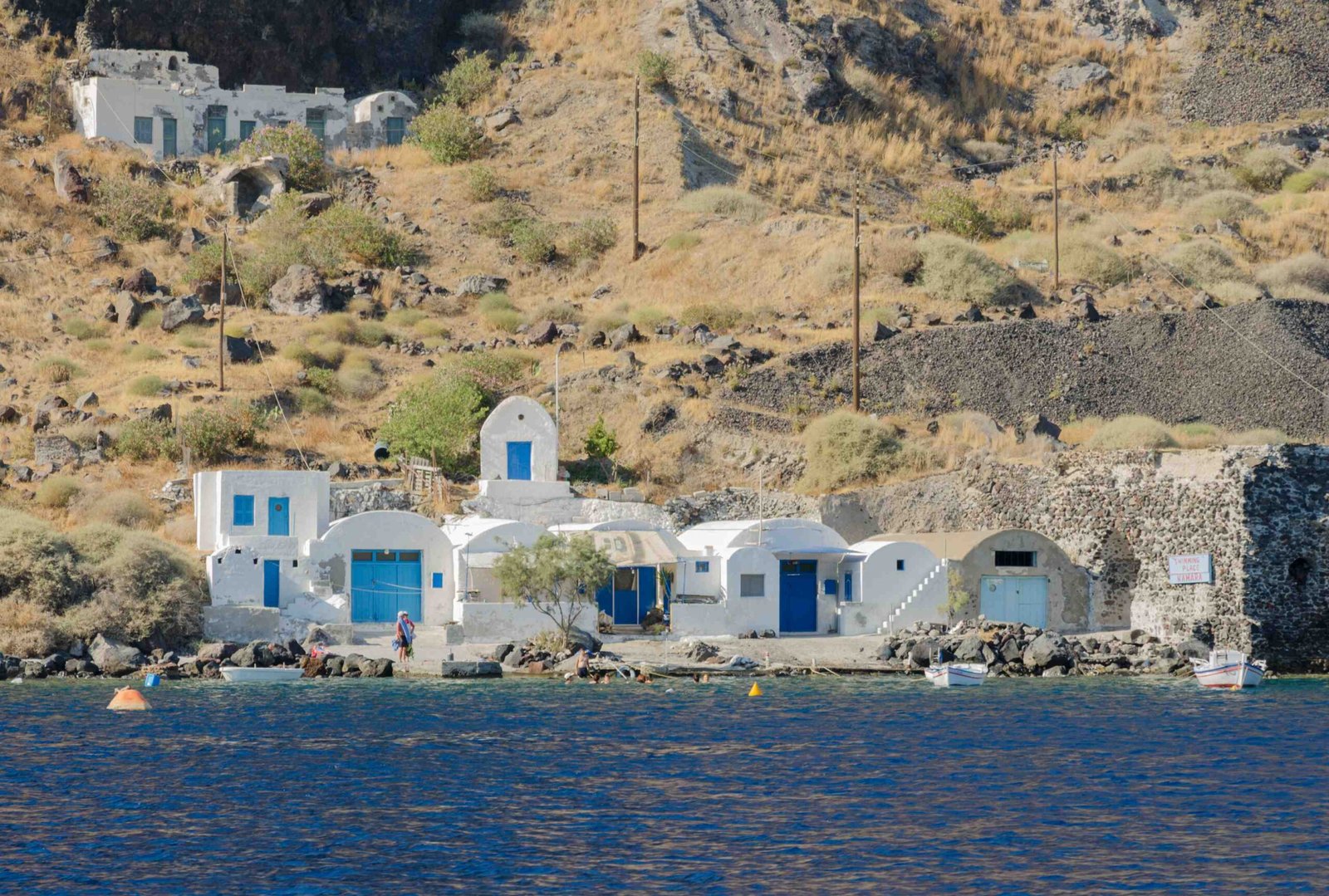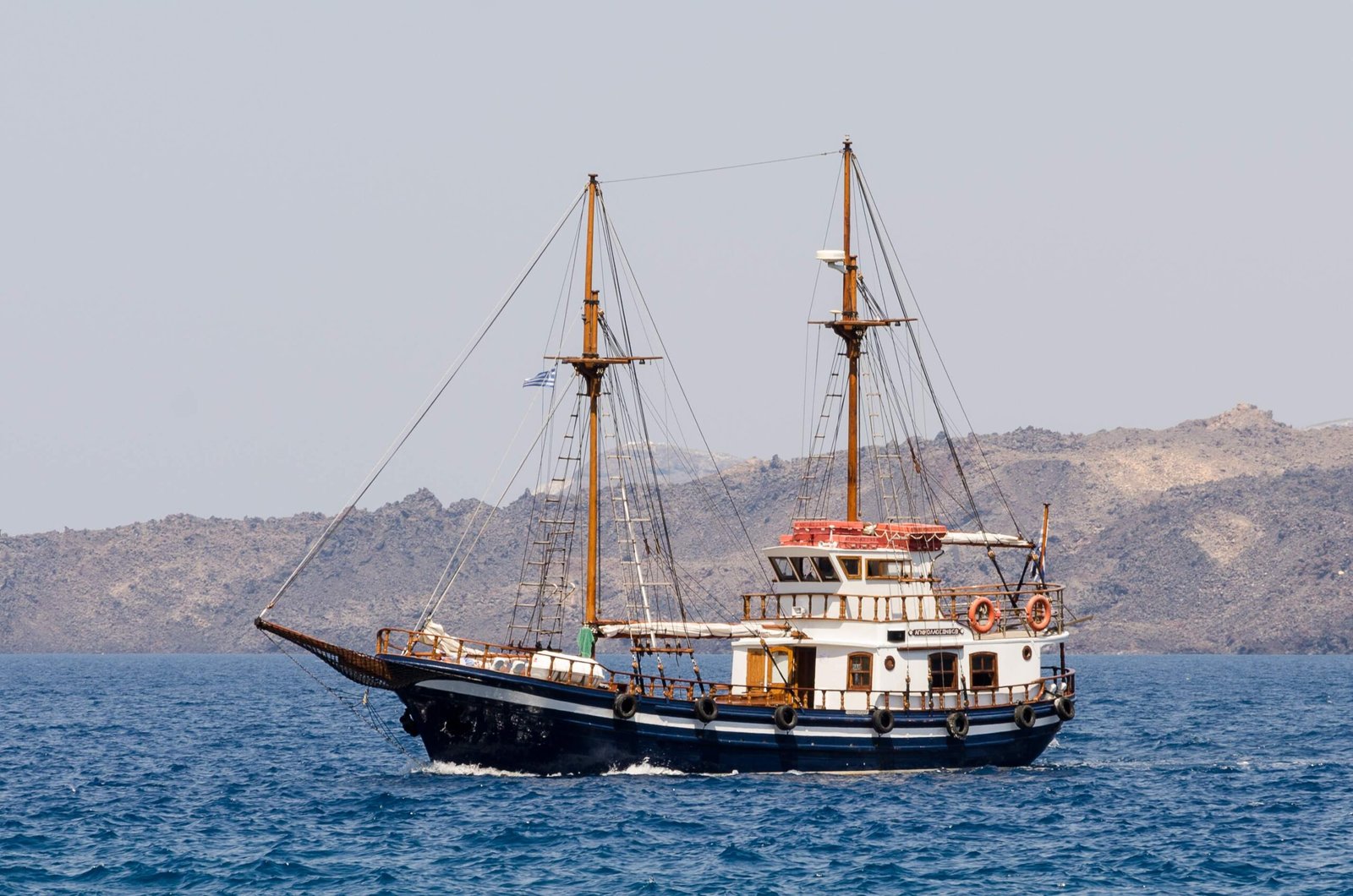The Santorini volcano, located in the Aegean Sea, has been relatively quiet in recent years. Its last major eruption occurred in 1950, involving small explosions and lava flows. Since then, the volcano has remained dormant, with occasional periods of unrest. Recent seismic activity and studies of nearby underwater volcanoes have raised concerns about potential future eruptions, prompting increased monitoring and research efforts.
What Was the Most Recent Volcanic Activity in Santorini?

The most recent significant volcanic activity in Santorini occurred in 1950. This eruption was characterized by:
- Small explosions
- Lava flows from the Kameni volcano vent
- No major damage or casualties
Since 1950, the volcano has been in a state of dormancy. However, there have been periods of unrest, including:
- 2011-2012: Satellites detected signs of magma movement
- January 2019: Earthquake swarm southwest of Santorini
- Magnitudes ranging from 2 to 3.9
- Depths between 30-6 km
- Likely tectonic in origin rather than volcanic
It’s important to note that these events do not necessarily indicate an imminent eruption but are part of the volcano’s natural cycle.
What Recent Studies Have Revealed About Santorini’s Volcanic System?

Recent scientific investigations have provided new insights into the Santorini volcanic system:
- Kolumbo Volcano Study: A recent study focused on the Kolumbo volcano, located approximately 7 kilometers from Santorini.
Key findings:
– Growing magma chamber 500 meters under the ocean’s surface
– Average growth rate of 4 × 10^6 m^3 per year since the last eruption in 1650 CE
– Potential threat of another eruption within the next 150 years
- 726 CE Eruption Reassessment: New research has revealed that a historical eruption was more significant than previously thought.
Details:
– Magnitude similar to the 2022 Tonga volcano eruption
– Ejected 0.7 cubic miles (3.1 cubic kilometers) of material
– Had severe consequences for the surrounding area
These studies highlight the ongoing volcanic processes in the region and the need for continued monitoring.
How Is Santorini’s Volcanic Activity Currently Monitored?
Santorini’s volcanic activity is closely monitored using various advanced techniques:
- Ground Movement Tracking:
- Seismic sensors to detect earthquakes
-
Deformation monitoring equipment
-
Gas and Fluid Analysis:
- Temperature measurements of gases and fluids
-
Chemical composition analysis
-
Advanced Imaging Techniques:
- Tomographic methods
-
Dense seafloor recordings of controlled marine sound sources
-
Satellite Observations:
- Detection of ground deformation
- Thermal anomalies
This comprehensive monitoring system allows scientists to:
– Predict eruptions on a short-term basis (days to years)
– Detect mobile magma and other volcanic activity
– Assess potential risks to the local population and visitors
What Geothermal Features Can Visitors Experience in Santorini?
Santorini offers several geothermal attractions for visitors interested in its volcanic nature:
- Nea Kameni Island:
- Active fumaroles
- Guided geology tours
-
Opportunity to walk on recent lava flows
-
Palea Kameni Island:
- Hot springs
-
Mud baths with therapeutic properties
-
Santorini Caldera:
- Boat tours offering views of the volcanic islands
- Explanations of the caldera’s formation and history
Visitors can participate in various tours led by volcanologists, such as:
– \”Santorini Geology Tour\”
– \”Fascination Volcano\” tour
These experiences provide a unique opportunity to observe and learn about active volcanic processes in a safe environment.
What Is the Historical Eruption Timeline of Santorini Volcano?
Santorini’s volcanic history spans thousands of years, with several significant eruptions:
| Year | Event | Description |
|---|---|---|
| 1600 BC | Minoan Eruption | Massive plinian eruption, caldera collapse |
| 197 BC | Historic Eruption | Details limited |
| 46/47 AD | Historic Eruption | Details limited |
| 726 CE | Major Eruption | Recently reassessed as larger than previously thought |
| 1570-1573 | Eruptive Period | Multiple events over several years |
| 1707-1711 | Eruptive Period | Formation of Nea Kameni island |
| 1866-1870 | Eruptive Period | Significant lava flows |
| 1925-1928 | Eruptive Period | Phreatic and lava-producing events |
| 1939-1941 | Eruptive Period | Lava flows and dome formation |
| 1950 | Last Major Eruption | Small explosions and lava flows |
This timeline demonstrates the cyclical nature of Santorini’s volcanic activity and the varying intensity of eruptions over time.
What Are the Potential Future Scenarios for Santorini Volcano?
Based on current data and historical patterns, scientists consider several potential scenarios for Santorini’s future volcanic activity:
-
Continued Dormancy: The volcano may remain in its current dormant state for an extended period.
-
Minor Eruptions: Small-scale eruptions similar to those in the 20th century, primarily affecting the Kameni islands.
-
Moderate Eruption: A more significant event, potentially causing local disruptions and requiring evacuations.
-
Major Eruption: While less likely in the near term, a large-scale eruption similar to historical events remains a long-term possibility.
-
Kolumbo Volcano Eruption: The nearby underwater volcano could erupt within the next 150 years, potentially affecting Santorini.
Factors influencing these scenarios include:
– Magma chamber dynamics
– Tectonic activity in the region
– Changes in gas emissions or ground deformation
Continuous monitoring and research are crucial for refining these predictions and ensuring public safety.
In conclusion, while Santorini volcano’s last major activity was in 1950, ongoing research and monitoring provide valuable insights into its current state and potential future behavior. The volcano remains a subject of intense scientific interest and a unique geological attraction for visitors to the Greek islands.

